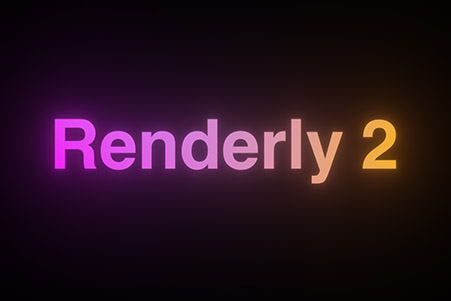The script stage of an animated explainer video project is perhaps the most vital. It’s the script that contains the key information being conveyed, and done well, it helps drive the visuals of the animation too.
Knowing what makes a good script can be a great addition to any motion designer’s skillset, even if you’re not responsible for writing the whole thing, it can be incredibly useful to both yourself and your client, to know what works and what doesn’t.
The basic goal of script writing for explainer videos is to establish what’s going to be said throughout the animation, it’s the text that will be spoken in a voiceover or presented to viewers on-screen. Much like other forms of script writing, script writing for explainer videos can also include visual cues and thoughts to help guide the animation, or paint an initial picture of the scenes.
So, how do you write an explainer video script?
First of all, it’s important to note that writing a good explainer video script takes time, it’s a process of working with your client to establish what needs to be said, and then deciding the best, and most succinct way, to say it. It’s a process that requires thought, planning, writing, and crucially: rewriting.
Our guide on how to write an explainer video script explains the whole process in much more detail and includes a collection of examples and workshop tasks designed to help you work with your client to create a great script.
In this post however, we’re going to focus on the core structure of a good explainer video script, it’s this structure that will help give you a good foundation to work from and embellish further in your own work.
The core structure
Although there are many ways to structure a script, when script writing for explainer videos, the following works incredibly well and gives you a clear narrative to work with:
Define the problem > How your client solves this problem > Why this matters > Sign-off
Defining the problem in the first stage sets the scene for the rest of the animation, you’re establishing an issue with how things currently stand within your client’s world.
Once the problem has been defined, you can then move on to how your client’s product or service solves that problem. Your client is the antidote, the saviour from the terrible problems we’ve just introduced.
The penultimate stage, why this matters, helps reinforce your client’s solution. At the very least this is where you can run through the benefits of what your client does - perhaps it saves people money, or reduces stress, for example.
If you can though, this stage also gives you the opportunity to introduce audiences to why your client exists, their overall purpose beyond simply making money.
Establishing why a company exists can be incredibly tricky, and some clients may not even know themselves, again this calls for discussion with your client, work together with them to try and establish their overall mission and try to incorporate this into the script.
Including the purpose of a company helps solidify everything that’s been talked about in the script, it helps people understand the values of a company and what it stands for.
Finally there’s the sign-off, this could simply be your client’s slogan if it fits with the content of the script, if not it could also just be the client’s logo to finish on, further establishing your client’s identity in the minds of the audience.
It’s this overall structure that brings a clear narrative format that audiences can understand: they see the problem and are shown the solution. Using this structure as a foundation, you can then begin to embellish the details and tell a nice story about your client and what they do.
Top tip
When script writing for explainer videos, there’s one main thing to remember: keep it simple. It’s a classic adage but an incredibly relevant one when writing a script.
Some clients have a tendency to cram scripts full of information about their product, company, or service - doing so just increases the complexity of the script and decreases what the audiences will actually remember.
Keep it simple, and your audience will stay engaged, and crucially: they’ll remember much more.
Finally, remember to have fun with the script and imagine you’re just trying to have a conversation with the audience, to try and let them know about some cool new thing.
If you’re interested in knowing more, our guide on how to write an explainer video script, goes into further detail on what’s involved, and includes a number of key questions and workshop tasks you can use with your client to help craft the best script possible.

